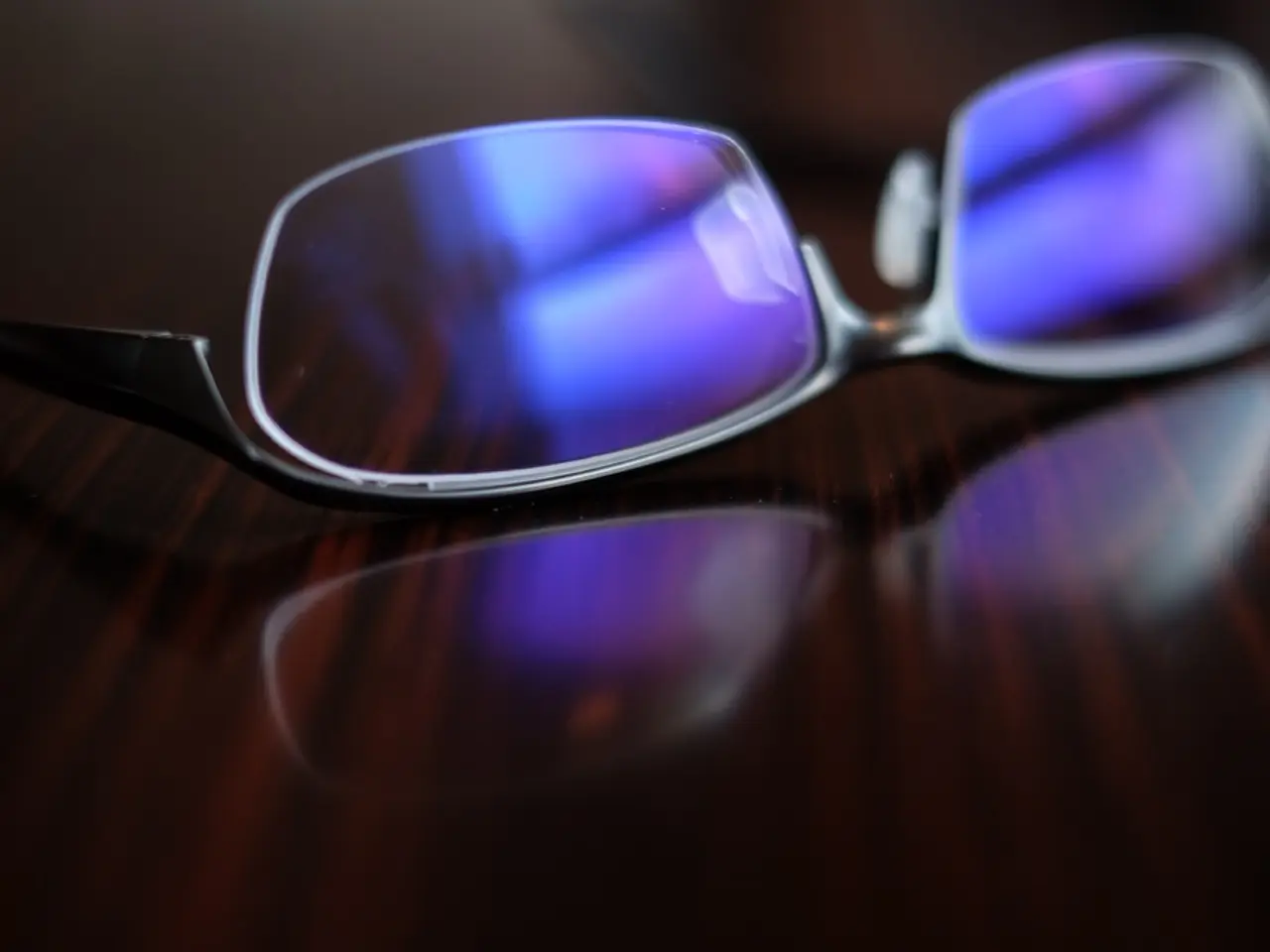Celestron Luminos Eyepieces Endorsed: A Must-Consider Option for Stargazing Enthusiasts
The Celestron Luminos 82-degree ultra-wide-angle (UWA) eyepiece line offers several focal lengths in both 2" barrels (31mm, 23mm, 19mm) and 1.25" barrels (15mm, 10mm, 7mm). Each focal length and barrel size brings distinct advantages and drawbacks, especially when compared to other popular UWA eyepiece lines like the Tele-Vue Nagler, Meade PWA, Astro-Tech UWA, Baader Morpheus, and Explore Scientific 82-degree series.
Pros and Cons by Focal Length and Barrel Size within the Celestron Luminos Line
| Focal Length (mm) | Barrel Size | Pros | Cons | |-------------------|-------------|------------------------------------------------------------------------------------|-------------------------------------------------------| | 31mm | 2" | - Very wide field (82° AFOV) and long eye relief for immersive views - Ideal for low-power, wide scans or large deep-sky objects - Robust eye relief suitable for eyeglass wearers | - Larger and heavier eyepiece - Requires compatible 2" focuser - Higher cost per unit | | 23mm | 2" | - Balanced compromise between field width and magnification - Still offers wide field with good detail for many astronomical objects - Long eye relief standard in Luminos line | - Not as wide as 31mm for very large objects - Bulkier than 1.25" options | | 19mm | 2" | - Popular for detailed but wide views - Good eye relief and field flatness - Can showcase clusters and nebulae well | - Same size/weight cons as other 2" Luminos - Slightly tighter field than longer focal lengths | | 15mm | 1.25" | - Compact and lightweight - Good for mid-level magnification with wide field - Compatible with most standard focusers | - Shorter eye relief than 2" versions - Smaller apparent field than longest Luminos units | | 10mm | 1.25" | - Higher magnification with decent wide field - Good balance of portability and performance | - Eye relief can feel tight for eyeglass wearers - Field edge brightness may drop compared to larger barrels | | 7mm | 1.25" | - Highest magnification in the Luminos line - Suitable for planetary and lunar detail with wide views | - Short eye relief, less comfortable for some - Most sensitive to coma and optical aberrations |
Comparison vs. Alternative UWA Eyepieces
| Brand/Model | Field of View (AFOV) | Notable Strengths | Considerations vs. Celestron Luminos | |-----------------------|----------------------|----------------------------------------------------------------|------------------------------------------------------------------| | Tele-Vue Nagler | Typically 82°/82-100°| - Exceptional edge sharpness and contrast - Very well corrected optics | - Generally more expensive - Slightly smaller eye relief in some focal lengths | | Meade PWA | ~82° | - Good optics with well-controlled aberrations - Often less costly than Naglers | - May lack the eye relief and durability of Luminos or Morpheus | | Astro-Tech UWA | 82° | - Great value with sharp, flat fields - Close to Luminos in performance | - Not as widely reviewed or proven in long-term use | | Baader Morpheus | 76° | - Very wide, flat fields - Optimized eye relief for comfort - Excellent sharpness and contrast | - Slightly narrower AFOV but superior eye relief and field flatness - More complex optical design | | Explore Scientific 82° | 82° | - High contrast, bright image - Widely available at competitive prices | - Slightly less eye relief than Luminos - Build quality sometimes considered less robust |
Key Considerations
- Eye Relief: Celestron Luminos eyepieces generally provide excellent eye relief (often around 18-20mm), especially notable in the 2" barrels, which benefits eyeglass wearers compared to some other UWAs that have shorter eye relief.
- Field Flatness and Edge Sharpness: While Luminos eyepieces perform well, the Baader Morpheus and Tele-Vue Nagler lines are often praised for superior edge-to-edge sharpness and contrast, especially at larger fields.
- Weight and Size: 2" Luminos eyepieces, especially longer focal lengths, tend to be heavier and bulkier than 1.25" versions or smaller barrel alternatives, which may impact balance on the telescope.
- Cost: Luminos eyepieces are generally competitively priced for their aperture and AFOV. Tele-Vue Naglers tend to be more expensive but deliver top optical quality. Baader Morpheus eyepieces may command premium prices but offer excellent comfort and image quality.
- Versatility: Larger focal lengths in 2" barrels (31mm, 23mm) excel for sweeping views and rich-field observations; shorter focal lengths in 1.25" barrels provide higher magnification for planetary and lunar detail while maintaining relatively wide views.
Overall, the Celestron Luminos line offers a compelling balance of wide field, eye relief, and reasonable pricing across a useful range of focal lengths and barrel sizes, making it competitive with other major UWA eyepiece series. The largest 2" 31mm Luminos is excellent for ultra-wide, immersive views, while the smaller 1.25" 7mm offers detailed high magnification with wide views, though with shorter eye relief. Alternative lines may offer marginally better optics or ergonomics but often at higher cost.
- The vast field of view offered by the Celestron Luminos 82-degree ultra-wide-angle (UWA) eyepiece line in the 2" barrels, like the 31mm and 23mm, is advantageous for low-power, wide scans or large deep-sky objects, providing immersive views with long eye relief suitable for eyeglass wearers.
- Comparatively, the smaller 1.25" barrels in the Celestron Luminos line, such as the 15mm, 10mm, and 7mm, are compact and lightweight, making them excellent for mid-level magnification with wide field views, compatible with most standard focusers, and ideal for portability.
- When considering other popular UWA eyepiece lines, the Baader Morpheus is noted for its very wide, flat fields, optimized eye relief, and exceptional sharpness and contrast, albeit with a slightly narrower AFOV but superior eye relief and field flatness compared to the Celestron Luminos.




